Sextus Tarquinius surprises Lucretia at work
Oil on canvas, 66 x 100 cm
With frame, cm 79 x 112
Signed on the lower left bench "I.H. f / 1641''
Fiche critique Marina Aarts
This fascinating and interesting painting depicts Sextus Tarquinius who surprises Lucretia at work in his home, as narrated, among others, by Titus Livy in History of Rome, I, pp. 57/60. The scene anticipates the rape of Lucrezia and her subsequent suicide. By the Renaissance, Lucretia’s story became a popular subject in art, although the scene most frequently depicted was that of Lucrezia’s own suicide, which made it an example of virtue. The moment represented here is rarely depicted. The story of Lucretia, narrated by Titus Livius, is a dramatic account of Roman virtue and honor. Collatino’s exemplary wife, was raped by Sesto Tarquinio, son of the king of Rome. After revealing the atrocity to his father and husband, and urging them to revenge, he committed suicide in order to preserve his own honor and that of his family. This event triggered the revolt that led to the expulsion of the monarchy and the establishment of the Roman Republic. Due to its elongated format, this painting is probably part of a series that illustrates the story. Style and composition suggest that he was active in Antwerp in the 1640s. The identification of the painter, who left his initials on the stool in the foreground, is Jan van den Hecke (1620-1684), known mainly for his still lifes, but of whom it is also known that he painted historical scenes. The Niederländisches Küntler-Lexikon, I, p. 653, by Alfred von Wurzbach, states that he signed with his initials.


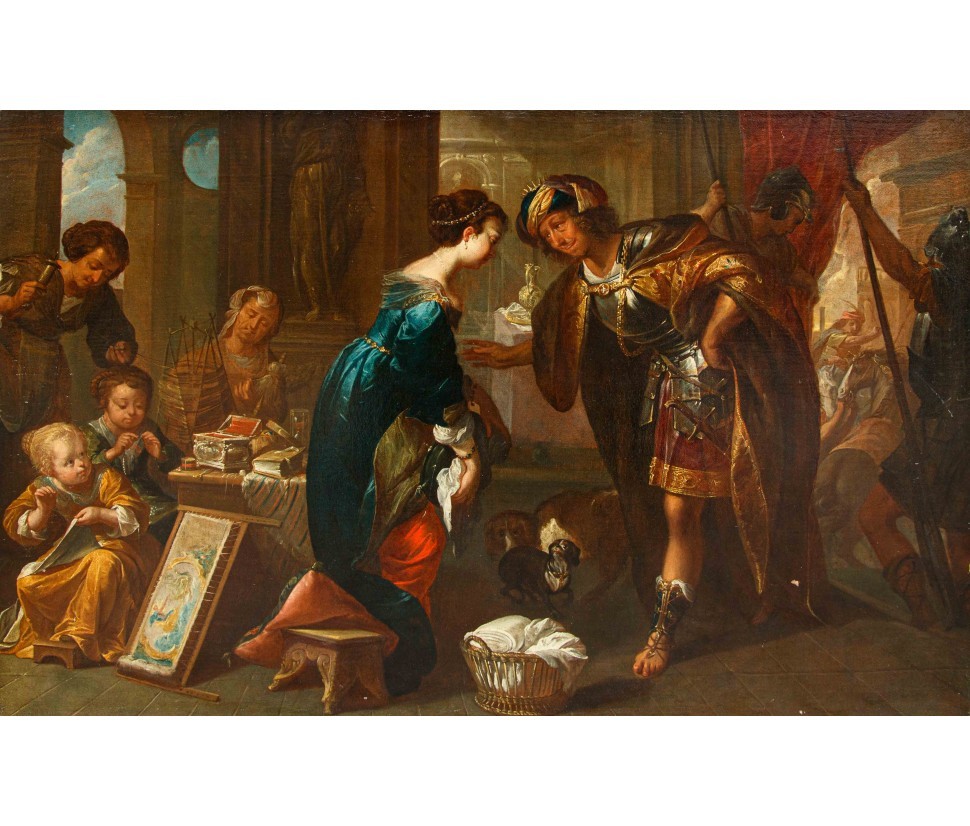


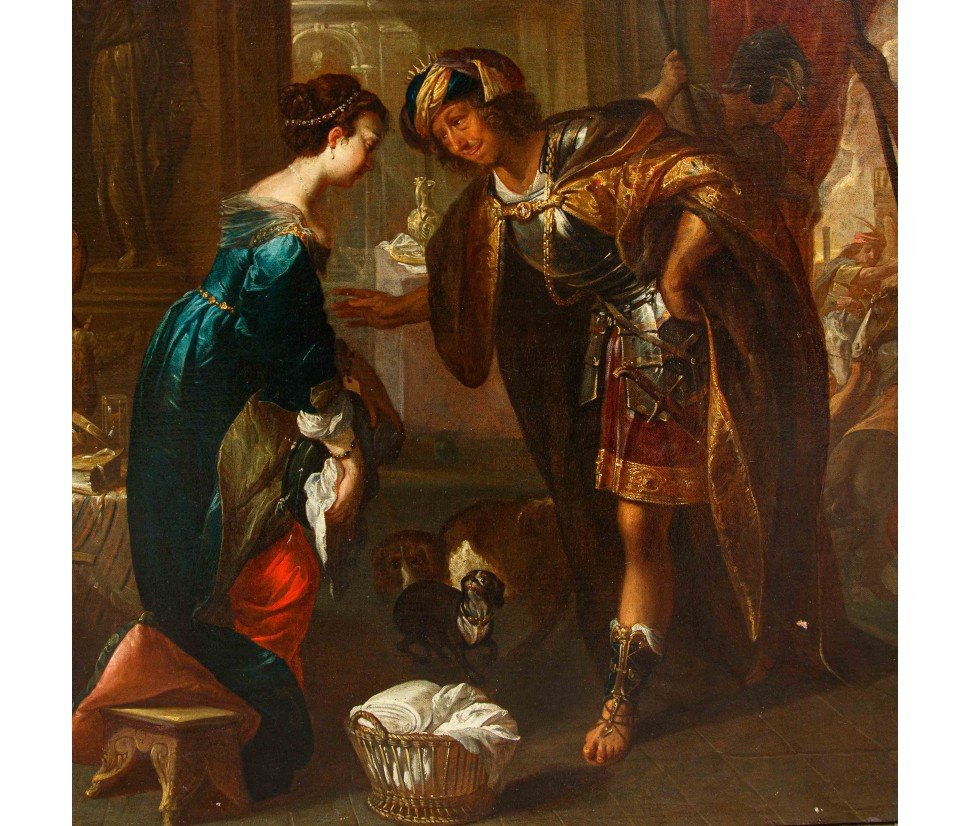
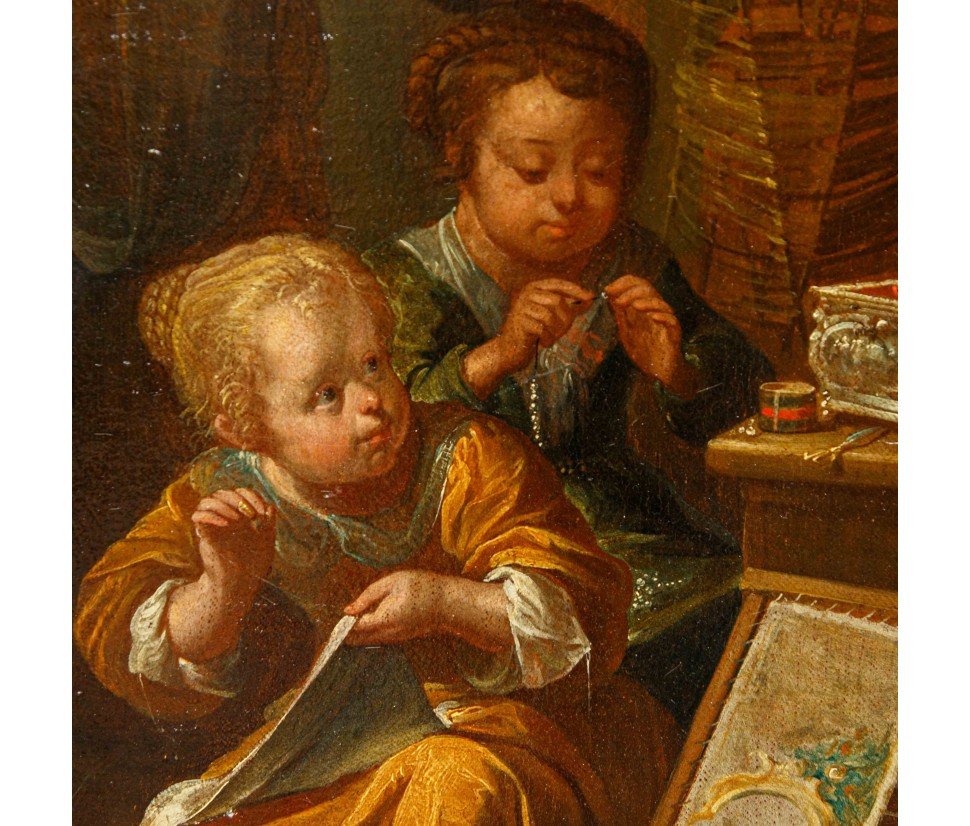
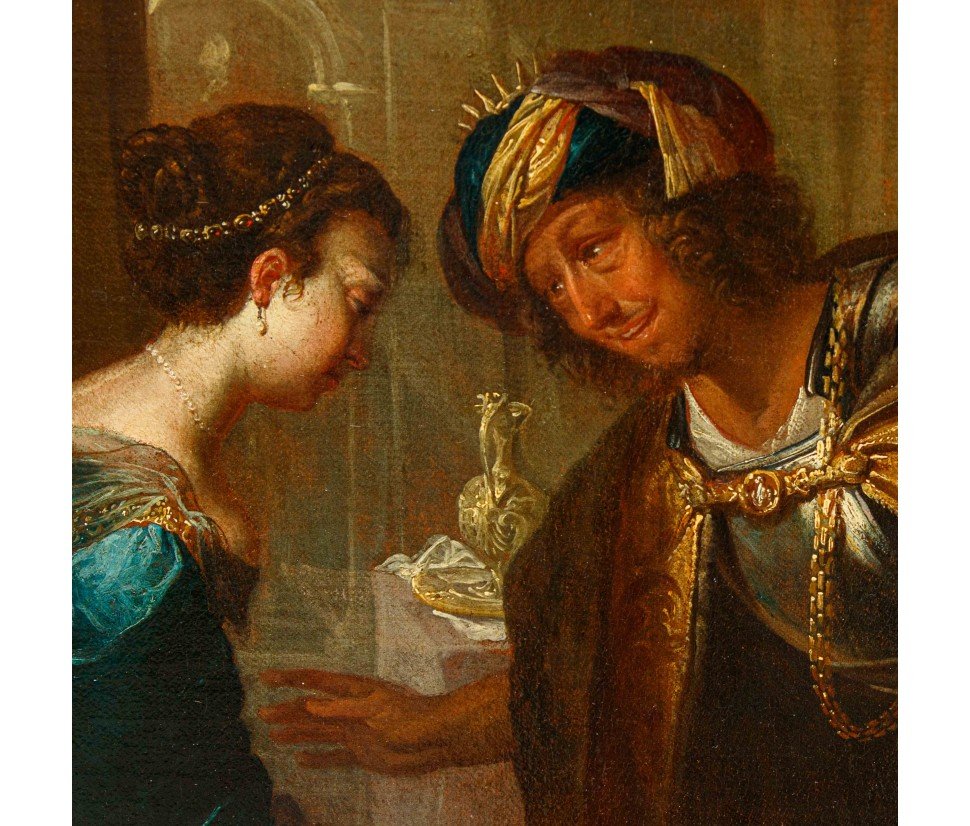
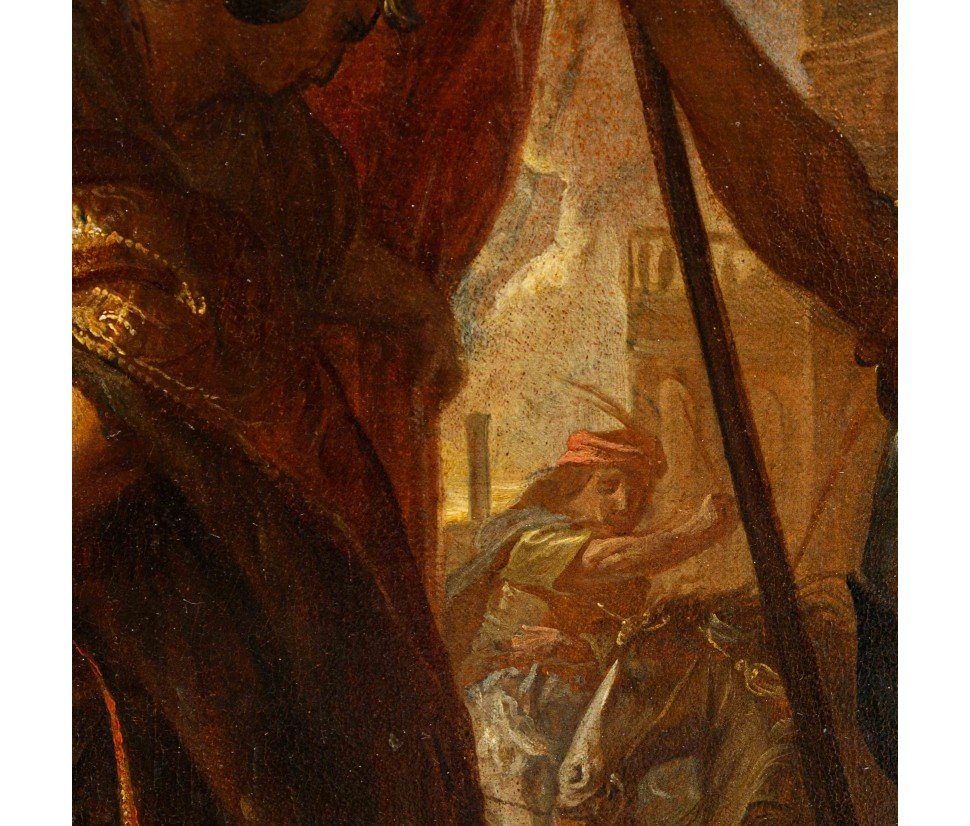
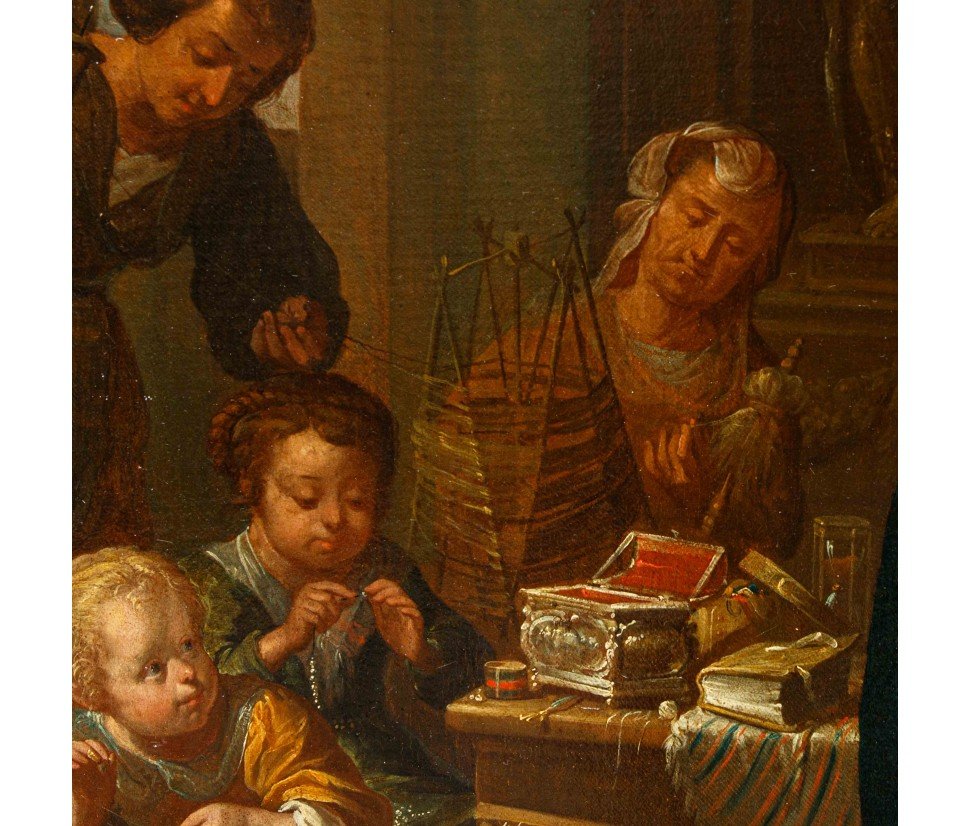
























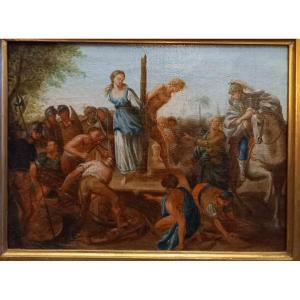
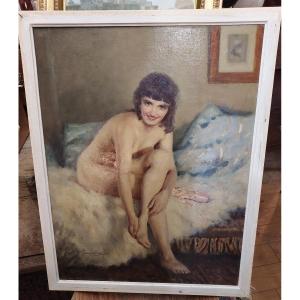

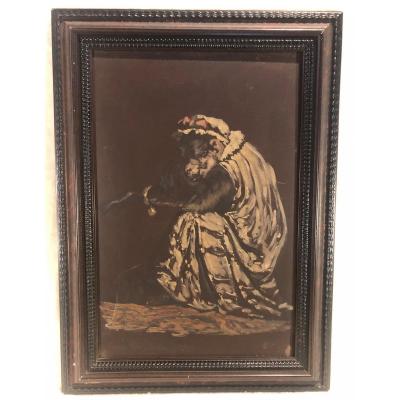




 Le Magazine de PROANTIC
Le Magazine de PROANTIC TRÉSORS Magazine
TRÉSORS Magazine Rivista Artiquariato
Rivista Artiquariato